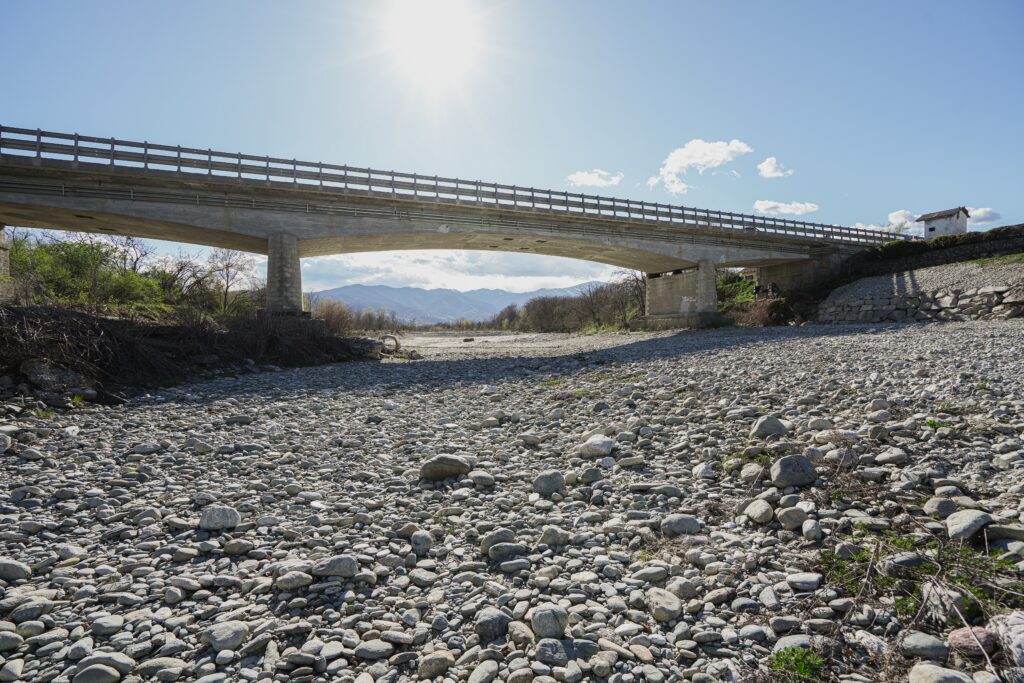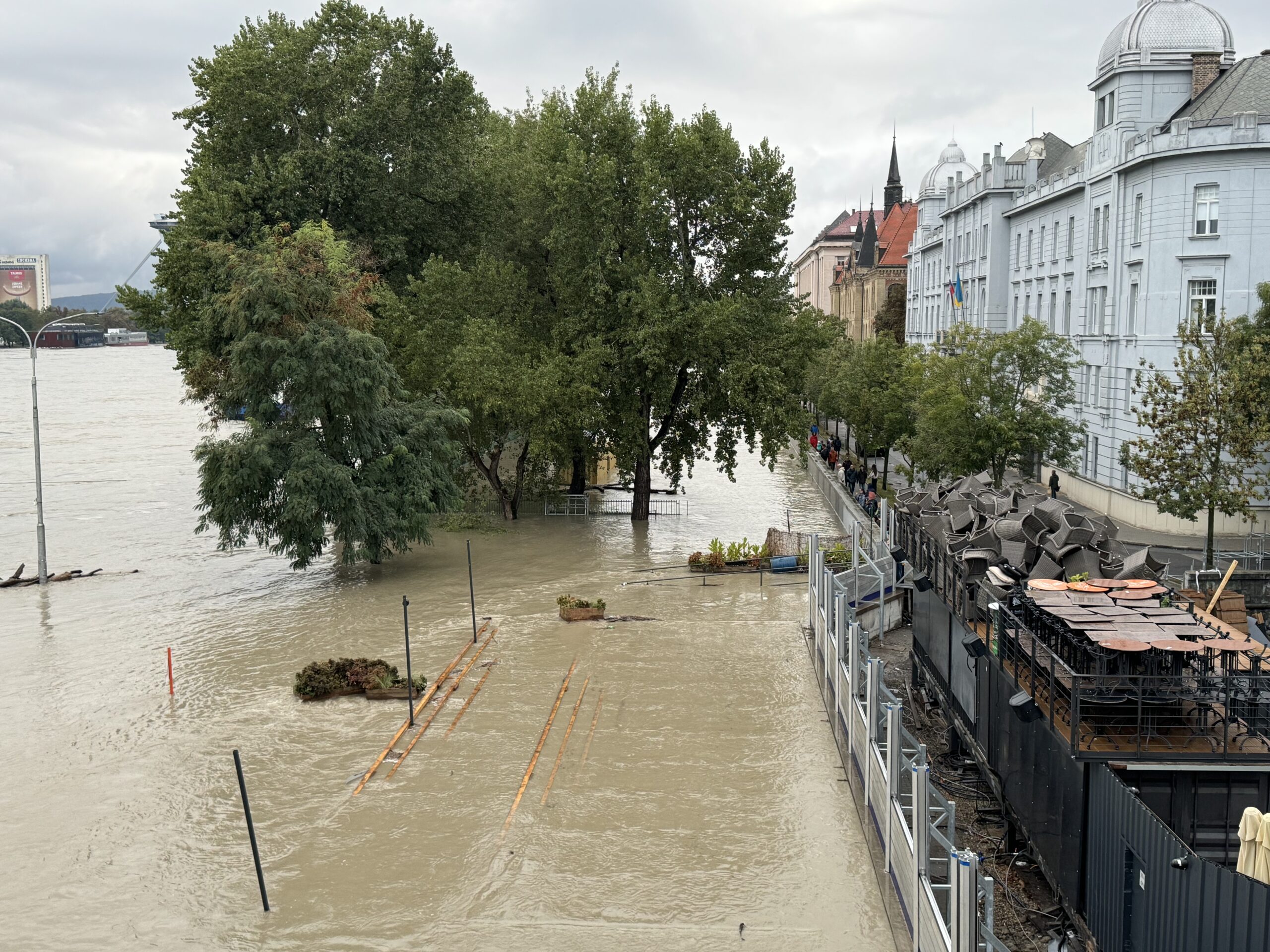Recommendations for the EU water resilience strategy
As Europe faces increasing water challenges—ranging from severe droughts to devastating floods—CEMR is calling for action. In its recommendations for the upcoming European Water Resilience Strategy, CEMR outlines how local governments can lead the way in protecting water as a public good, addressing regional needs, and strengthening collaboration across all levels of governance.
Access to water is a fundamental right, yet climate change and urbanisation pose increasing challenges to this vital resource. The drought that hit Europe in 2022, one of the worst in 500 years, left rivers like the Rhine and Po at record-low levels, disrupting ecosystems, agriculture, and transport. Meanwhile, frequent and severe flooding in Northern Europe has highlighted the urgent need for better water management systems. CEMR is taking a stand with its recommendations for the upcoming European Water Resilience Strategy.

In fact, the European Commission has announced its plan to develop a comprehensive Water Resilience Strategy as part of the 2024–2029 guidelines. This initiative aims to map risks, identify preparedness needs, and align with the ongoing revision of EU water directives. These discussions highlight the urgency of ensuring sustainable water management across urban and rural areas, addressing both immediate climate risks and long-term infrastructure needs.
But water is not just a resource—it is a public good. This is why CEMR and its member associations emphasize the need for robust legal frameworks to ensure it is not treated as a commercial product and to guarantee universal access, calling for public sector-led water management to provide transparency and prioritize community welfare.
But a one-size-fits-all approach will not work. Across Europe, water challenges range from droughts in the south to flooding in the north. That is why CEMR advocates for place-based solutions tailored to local realities, underpinned by nature-based strategies like wetland restoration and innovative urban planning.
Achieving water resilience also requires financial investment. CEMR urges the EU to increase funding for ageing water infrastructure, climate adaptation measures, and innovative technologies, while streamlining access to emergency funds for regions affected by water-related crises.
Finally, achieving water resilience requires stronger involvement from local and regional governments. As the level of governance closest to citizens, they are best positioned to design and implement water management strategies tailored to local realities. Whether it’s cities like Paris and Berlin successfully remunicipalising their water services to improve quality and affordability, or regions in the Netherlands pioneering flood prevention through integrated urban planning, local governments have proven their ability to manage water efficiently when given the right tools and resources.
Ensuring that municipalities and regions have the necessary funding, decision-making power, and support to lead on water resilience is crucial for tackling interconnected challenges across urban and rural areas. CEMR calls for a governance framework that empowers local authorities to take proactive action, secure long-term investments, and foster cooperation with civil society and the private sector. Strengthening their role will be key to building a Europe where water systems are robust, adaptive, and sustainable.
Ready to dive deeper? Explore the full CEMR policy paper for detailed insights and actionable recommendations.
For more information, contact:

Advisor – Environment and mobility






